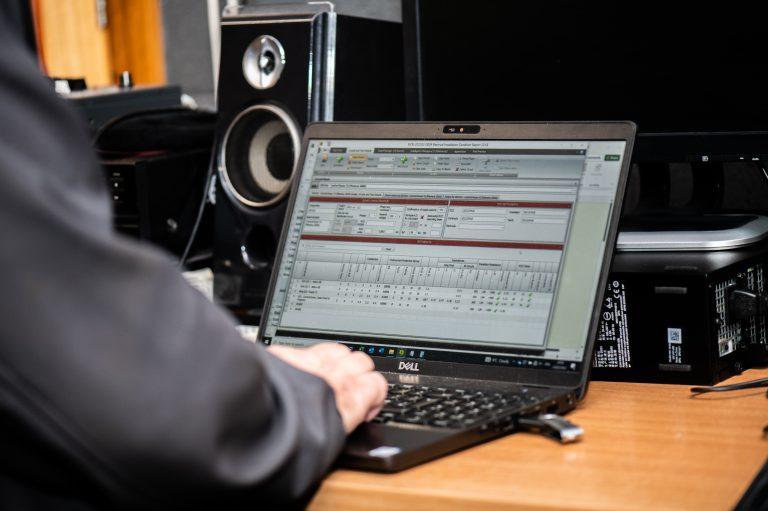Intersafe’s guide to electrical testing terms.
If you work as a facilities or estates manager it’s quite probable that your colleagues expect you to be a walking encyclopedia.
As well as holding together the very bricks and mortar of the workplace, you’re expected to be an expert in everything from plumbing to planning regulations.
You’ve probably even been asked by the MD to orchestrate a complete refurb in three hours to impress a visiting client, politician or visiting royal.
Here at Intersafe we salute the hard-working and unshakable facilities managers of the UK. We understand that each facet of facilities management has its own language, regulations and nuances. ;
That’s why we’ve created our electrical testing translation guide below. Bookmark it and think of it as your own personal resource!
PAT – This stands for Portable Appliance Testing. In a nutshell, it’s the testing of any electrical equipment that you can move. This covers everything from extensions leads and kettles to big machines. If it’s less than 18kg in mass, it’s classed as portable.
Periodic Inspection – Testing the electrical services and systems that conduct electricity around a building.
CompEx – This is a qualification that electrical engineers working in potentially explosive environments (like petrol stations, oil rigs and even some warehouses) must have. Intersafe has its own division of fully CompEx qualified engineers.
EICR ;- Electrical Installation Condition Report. This is what used to be called a PIR and is, essentially, a ;report to establish the overall condition of all the electrics in a building. The report will establish the overall condition of all the electrics and state whether it is satisfactory for continued use, and should detail any work that might need to be done.
Overcurrent – Electrical current (in amps) that exceeds the maximum limit of a circuit. May result in risk of fire or shock from insulation damaged from heat generated by overcurrent condition.
Prospective fault current – The value of overcurrent at a given point in a circuit resulting from a fault between live conductors.
RCD – Residual current device (a safety device that switches off the electricity automatically when it detects an earth fault)
Ring final circuit/ring main/ ring – A final circuit connected in the form of a ring and connected to a single point of supply.




